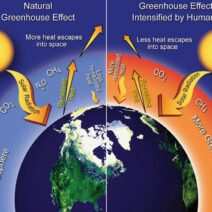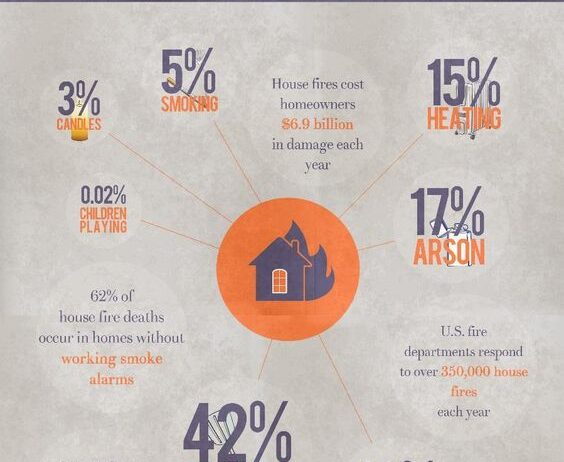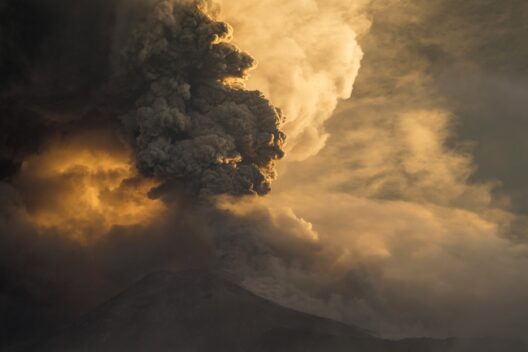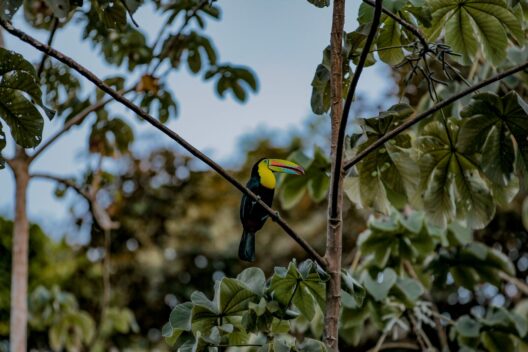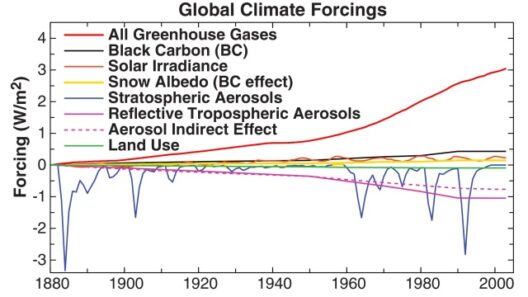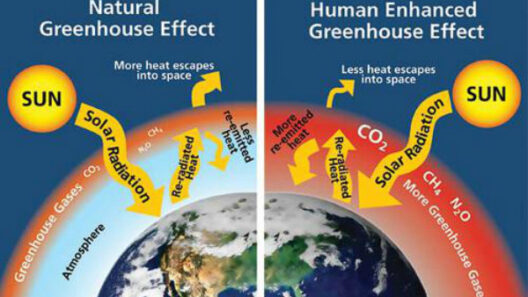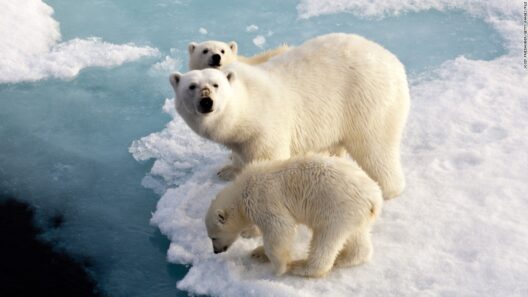In the grand tapestry of our planet’s climate, two threads weave together ominously: open burning and beef farming. Like a scorching wildfire and a burgeoning livestock empire, these forces are contributing to the imminent unraveling of our fragile ecosystem. The repercussions of their existence extend far beyond the immediate, casting long shadows over the Earth’s health and our own future.
Open burning is a practice as old as humanity itself. Fire has been a pivotal tool for survival, yet in its unbridled form, it morphs into a perilous beast. Burning agricultural residue, land clearing, and waste disposal pose severe dangers to both air quality and atmospheric stability. In a figurative sense, open burning is like setting the stage for a devastating performance—an act in which the entire planet is the audience, gasping in horror as the curtain rises on an environmental tragedy. Smoke billows forth, choking the air, while vibrant life is snuffed out in the blaze.
This smoke comprises not merely carbon dioxide, but an array of noxious gases, including methane and particulate matter. These components mingle in our atmosphere, a nefarious cocktail that exacerbates the greenhouse effect. Each incident of open burning contributes to a phantasmagoria of climate anomalies—rising temperatures, erratic weather patterns, and horrifying natural disasters that ripple across continents like echoes of despair. The symbiotic relationship between open burning and climate change is undeniable; they are two dancers in a macabre waltz, both spiraling towards an inevitable cataclysm.
Conversely, the beef farming industry stands as a titan in the realm of greenhouse gas emissions. With an insatiable appetite for land, resources, and water, cattle farming takes a heavy toll on the environment. Picture a verdant pasture transformed into a barren expanse where once-thriving ecosystems flourished. Acres of forests are razed to cultivate fodder, and in exchange, the Earth receives a frail band-aid that cannot heal the underlying wounds. Cattle, through their digestive processes, emit methane—an even more potent greenhouse gas than carbon dioxide, with a warming potential many times more significant.
Exploring the numbers reveals the gravity of this situation. The livestock sector accounts for approximately 14.5% of global greenhouse gas emissions—an astonishing figure that emphasizes the need for a recalibration of our agricultural practices. This statistic traces a narrative steeped in jeopardy, where the pursuit of beef creates a feedback loop that perpetuates deforestation and environmental degradation. Each burger consumed adds a finite grain of sand to the hourglass of time left to avert climate devastation.
The detrimental effects of these practices reverberate throughout our ecosystems. Biodiversity, the intricate web of life that sustains our planet, is compromised with every tree felled and every plume of smoke that darkens the sky. Species face extinction, their struggles to adapt to swiftly changing climates rendered futile. Fragile habitats are eroded, paving the way for an ecological desert stripped of vibrancy. In the throes of this crisis, the health of our biosphere falters, forming a direct correlation with human well-being and survival.
Open burning’s insidious nature does not stop at environmental degradation; it impacts human health directly. Exposure to smoke and particulate matter is a harbinger of respiratory illnesses, heart disease, and even premature mortality. Similarly, the consequences of beef farming are not merely inscribed in environmental reports. Factory farming conditions induce antibiotic resistance, a looming threat that could render modern medicine obsolete. Thus, individuals become unwitting participants in this fraught spectacle, suffering as collateral damage in a larger, destructive narrative.
The path forward necessitates an interdisciplinary approach, one that embraces sustainable innovation and comprehensive policy reform. Transitioning to alternative waste management solutions, such as composting and advanced recycling techniques, could mitigate the need for open burning, transforming refuse into a resource rather than a curse. Additionally, adopting regenerative agricultural practices could revolutionize how we farm beef, integrating holistic methods that respect both animal welfare and ecological balance.
Concurrently, consumers wield immense power through their choices. A mindful transition towards plant-based diets can significantly diminish the demand for beef, paving the way for a more resilient food system. Each meal becomes a declaration of intent—an assertion that affirms the importance of preserving our planet for generations to come. Movements advocating for reduced meat consumption rise as beacons of hope, illuminating the path toward a reimagined relationship with our food sources.
To encapsulate, the troubling alliance of open burning and beef farming is emblematic of broader environmental challenges we face. They serve as clarion calls, urging society to wrest control of our destiny from the jaws of destruction. Just as the elements of fire and nurture intertwine, so too must we seek harmony between our consumption patterns and the Earth’s limits. The choices made today will inevitably shape the narrative of tomorrow. Will it be one of renewal and resilience, or a relentless descent into chaos?
The time to act is now—a collective reckoning lies in wait. Harness the voice of the consumer, embrace innovative agricultural practices, and dismantle the chains of detrimental habits that bind us. The stage is set for transformation; it is up to humanity to script a new act in the ongoing story of our planet.
